Emergence of Planning System
by Devender
0 1975
In the 1940s and 50s, public support around the world was won by Planning as a process of rebuilding the economy. At one point there was a general consensus that the government should plan for development and not the private sector.
The consensus was contributed by the great depression in Europe, Post WW2 reconstruction of the world, and spectacular economic growth against heavy odds in the Soviet Union in the 1930s and 1940s.
The emergence of the Planning System in India
- 1938: National Planning Committee was established under the chairmanship of Nehru by INC. Its recommendations could not be implemented because of the beginning of the Second World War
- 1944: Bombay Plan was presented by 8 leading industrialists of Bombay
- 1944: Narayan Agarwal gave the Gandhian Plan
- 1945: M N Roy gave People's Plan
- 1950: J P Narayan gave the Sarvodaya Plan which was based on Vinoda Bhave's philosophy
- Adequate means of livelihood for everyone
- Material resources of the community should serve the common good
- The economic system should operate in such a way that the use of means of production and wealth should not result in the well-being of the particular community and to the detriment of the society
- First Five Year Plan:
- It was focused on the rapid development of agriculture in order to move towards food self-sufficiency
- It addressed mainly the agrarian sector including investment in dams and irrigation
- Due to the partition, the agriculture sector was hit tremendously and needed urgent attention
- It also focused on land reform for the country’s development
- Second Five Year Plan:
- It was focused on heavy industries and industrialization such as iron & steel, heavy chemicals like nitrogenous fertilizers, heavy engineering, and the machine-building industry
- It was in favor of huge imports which led to the emptying of funds leading to foreign loans
- Deficit financing started in this plan
- During the first plan, the price level increased by 30%, against a decline of 13%
- Third Five Year Plan: Defence & Price stabilization
- It was based on the experience of the first two plans and agriculture was given the top priority
- Panchayat elections started in this plan
- It still failed to reach its goals due to Chinese aggression (1962), the Indo-Pak war (1965), and severe drought 1965-66
- Three Annual Plans: Plan holiday for 3 years
- It also introduced the Green revolution & HYVs
- During these plans, 14 banks were nationalized in 1969
- Fourth Five Year Plan: Growth, Stability & self-reliance
- Its main focus was on agriculture’s growth rate so that a chain reaction can start
- It had to tackle the problem of Bangladeshi refugees before and after the 1971 Indo - Pak war
- Gadgil formula applied for center’s assistance to states and Pokhran nuclear test
- Fifth Five Year Plan: Poverty elimination & self-reliance
- Initiated the National Program of Minimum needs like Primary Education, Drinking Water, Medical facilities in rural areas, Food, Land for Landless Laborers, Rural Roads, Rural Electrification etc.
- It was terminated in 1978, 1 year before it had to when Janta government came in power
- Sixth Five Year Plan:
- It was also focusing on decreasing poverty and unemployment
- During this, population control through family planning, National highway, etc. was launched
- Seventh Five Year Plan:
- It also focused on productivity within the framework of basic tenants of planning
- It was a great success as the economy recorded a 6% growth rate against the targeted 5%
- Eighth Five Year Plan:
- It was postponed for 2 years because of political upheavals at the Centre
- It was launched after a worsening Balance of Payment position and inflation during 1990 − 91
- The main objective of this plan was Liberalization, Privatization & Globalization, together, defined the framework of new policy regime of radical reforms with the market-driven paradigm of development – emphasized high growth and employment generation
- Ninth Five Year Plan:
- Tenth Five Year Plan:
- Its aim was to reduce poverty, create more gainful employment, agricultural development, primary education
- High priority was given to reducing infant and maternal mortality rates
- Eleventh Five Year Plan:
- Its aim was rapid growth that reduces poverty and creates employment opportunities, provides access to essential services in health and education especially for the poor, and empowerment through education and skill development
- Twelfth Five Year Plan:
In 1950, the Planning commission was set up as an advisory body to the government. The scope of the resolution by which the Planning Commission was formed:
Just like USSR, the Planning commission of India also opted for a 5-year plan. It was believed that 5-year plan will allow the government to focus on the larger picture and make a long-term intervention in the economy.
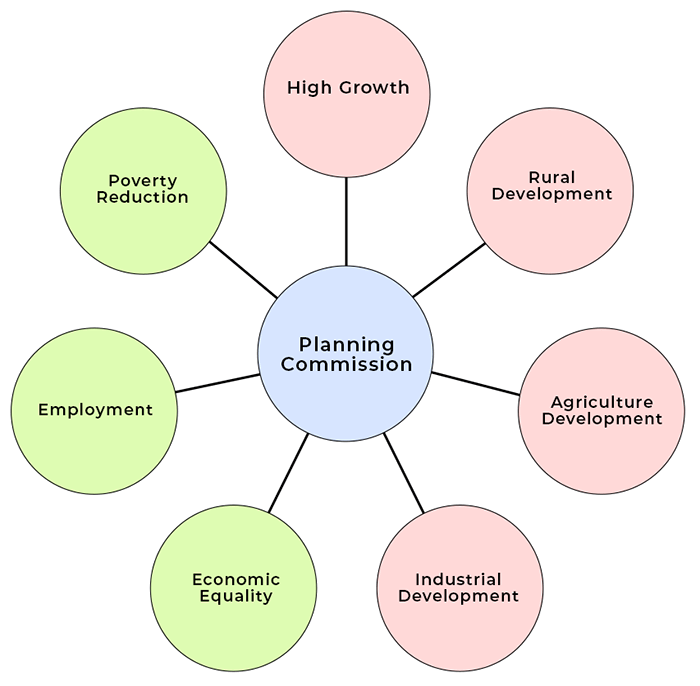
Five Year Plans – India
It was from 1951-56 and was based on the Harrod - Domar Model of development.
From 1956–61 and known as Mahabolis plan.
From 1961-66 and aimed at making India a Self–Reliant and Self–Generating economy.
From 1966 to 1969 and focused on the crisis prevailing in agriculture and serious food shortage.
From 1969-74 and focused on growth with stability & social justice and progress towards self–reliance.
From 1947-79 and drafted by DD Dhar with an aim to remove poverty and achieve Self Reliance by promotion of high rate of growth.
From 1980-85 and focused on increasing national income and modernization.
From 1985-90 and focused on rapid growth in food-grains production & increased employment opportunities.
From 1992 to 97 and focused on areas such as Human Development, Industrial modernization, and population control.
From 1997-2002 and focused on generating employment, providing food security to everyone, and Continued liberalization.
From 2002-07 and focused on areas such as education, health, and environment.
From 2007-12 and focused on areas such as education, health, infrastructure, and environment.
From 2012-17 and focused on Faster, More inclusive & sustainable growth. The target was set at GDP (9%), Agriculture (4%), and Manufacturing (10%). Creation of 50 million jobs and 10% reduction in property than the rate at the end of the 11th plan.
Reduce IMR to 25; MMR to 1 + Increase Child Sex Ratio to 950 + Reduce Total Fertility Rate to 2.1

Share:

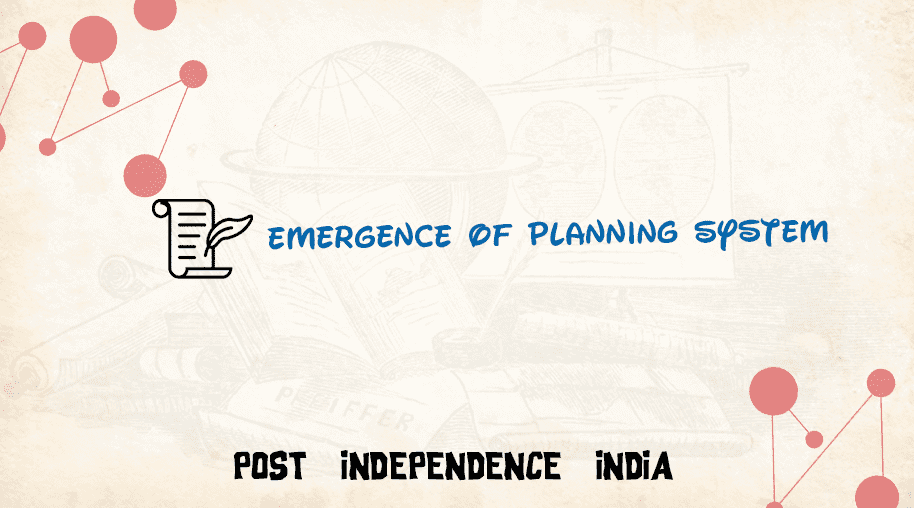
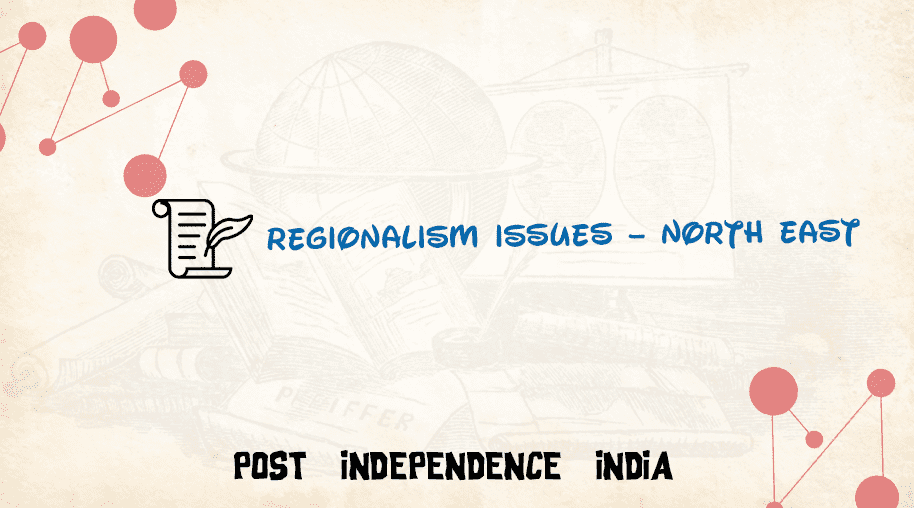
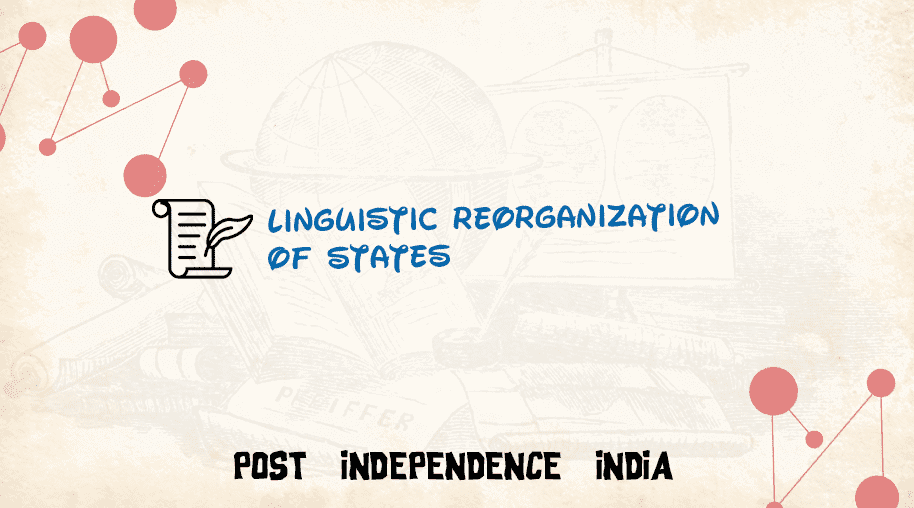
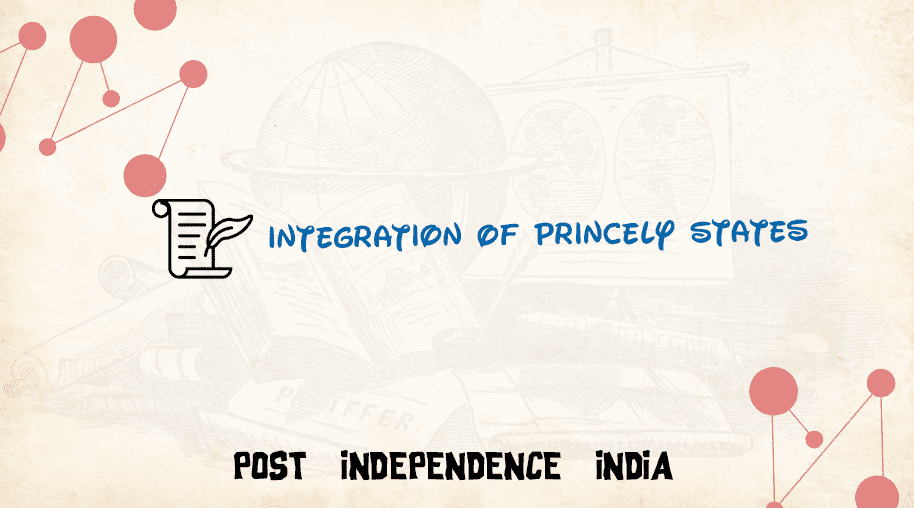


Comments
Waiting for your comments